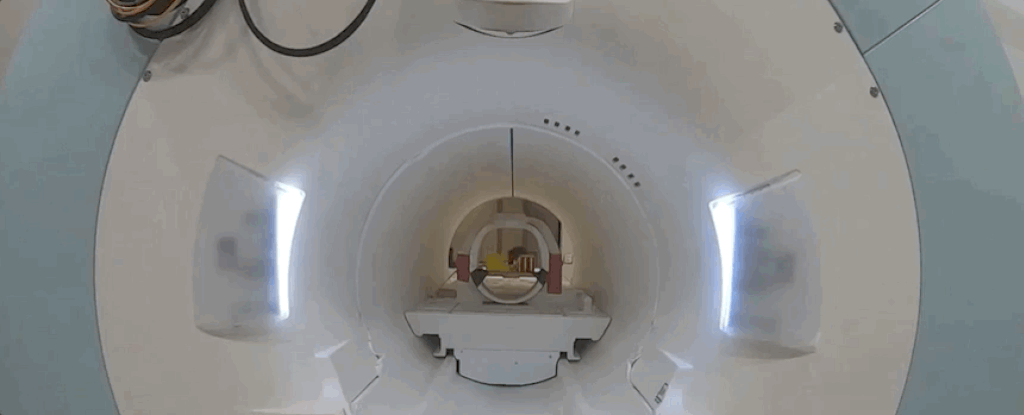I'll Have Two of Those and Five of Those...Woof!
"Our work not only shows that dogs use a similar part of their brain to process numbers of objects as humans do -- it shows that they don't need to be trained to do it."
Gregory Berns, neuroscientist, Emory University, Atlanta
"We went right to the source, observing the dogs' brains, to get a direct understanding of what their neurons were doing when the dogs viewed varying quantities of dots. That allowed us to bypass weaknesses of previous behavioural studies of dogs and some other species."
"Part of the reason that we [humans] are able to do calculus and algebra is because we have this fundamental ability for numerosity that we share with other animals."
"I'm interested in learning how we evolved that higher math ability and how these skills develop over time in individuals, starting with basic numerosity in infancy."
Lauren Aulet, psychologist, Emory University, Atlanta, Georgia
 |
In an effort to determine whether the ability of canines' ability to detect amounts, numbers, through training or whether that ability was innate, Emory University scientists set about to solve the riddle. How can dogs know that they've been given a smaller treat than what they've been accustomed to? Why is it that they appear to have the capacity to determine that their bowl isn't as full at meal time as it generally tends to be? It is known that they have the capacity to process numbers, somewhat similar to how humans do, according to a Science Magazine report.
A recent report published in Biology Letters reflecting a later study from Emory University in Atlanta set out to solve the riddle, leading the researchers to believe that dogs certainly take notice when less food is placed in their bowls. They cannot count, but they detect differences in quantity. This has been named "approximate number system", known for some time that animals can differentiate quantity. The article in Science made it clear that earlier studies in research into animal numeracy made us of trained animals as their study subjects.
 |
| A canine mathematician waiting to go for a walk. |
What the Emory University study set out to do was settle the question: animal evolution or trained brain function? Dr. Berns who led the study along with colleagues undertook to recruit representatives of eleven different dog breeds for his examination whether there was an ingrained sensitivity to numbers in a certain part of canine brains. The dogs were placed in a functional magnetic resonance imagine scanner (fMRI) and strapped into place their heads resting on a block, to focus on a group of light grey dots on a black background.
The grey dots changed in number every 300 milliseconds and with those changes the researchers were able to note activity in a region of the canine brain called the parietotemporal cortex, known as the parieta cortex in the brains of humans, which function of the brain aids humans in the processing of changing numbers. Of the 11 dogs, eight passed the scanning test, their brain activity demonstrating a behaviour pattern similar to that of the human brain, while three dogs failed to pass the test, which Dr. Berns felt might be linked to breed.
 |
| Getty Images |
Understanding how dogs are able to detect changes in quantity might represent a breakthrough of some significance, stated Dr. Aulet, who participated in the study. There is an expectation that the research results will at some future date, offer scientists deeper insights into matters such as how brain abnormalities could be treated.
"It further increases our confidence that [these representations of quantity in the brain] are ancient and widespread among species", concluded Michael Beran, a psychologist at Georgia State University, speaking of the study as compelling and exciting.
 |
| Emory University, YouTube |
Labels: Biology, Canines, Numberology, Research, Science

0 Comments:
Post a Comment
<< Home